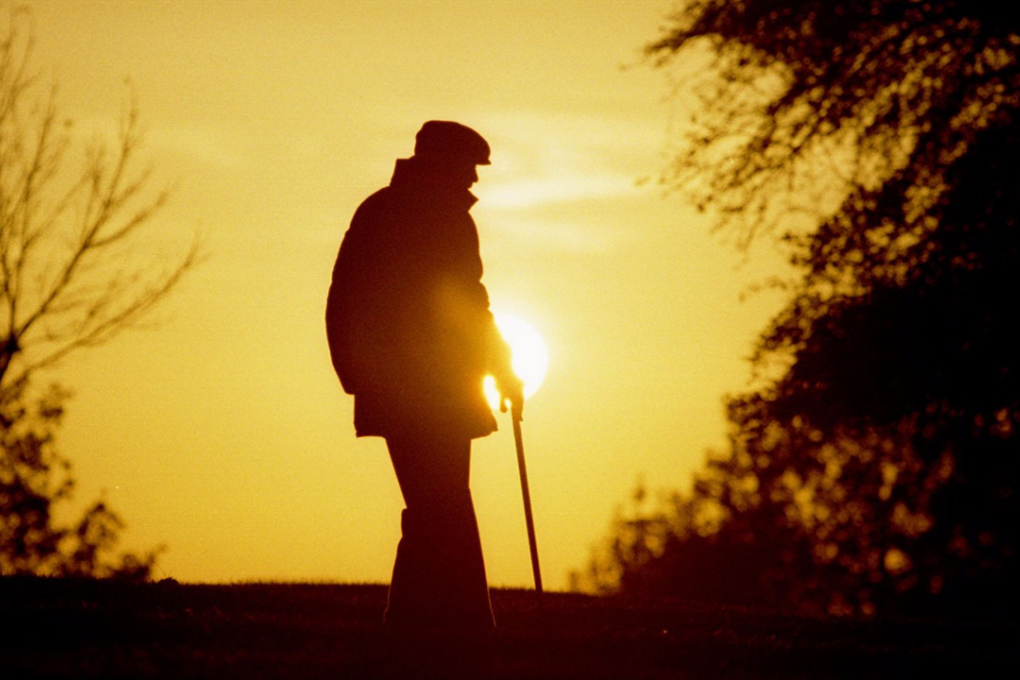AI could predict how much time people have left to live by analysing body scans
System was able to predict the chances someone would die within five years with 70 per cent accuracy

By Kevin Loria
There’s an elusive innovation that would revolutionise medicine: a way to detect disease before it becomes obvious.
A study recently published in the journal Scientific Reports could bring us a step closer to that capability. The paper reveals how artificial intelligence analyses of routine medical scans could be turned into powerful predictors of a person’s health and risk of death.
For the study, researchers used a machine learning algorithm to analyse routine chest CT scans from 48 adults, all of whom were over 60 years of age. By comparing data between the scans, the system was able to predict the chances that study participants would die within five years with about 70 per cent accuracy — about as accurate as mortality predictions by a human expert, according to the study. (The researchers used old data from patients who had already either survived or died within five years, which enabled them to verify the AI’s predictions.)
Chest scans are excellent ways to measure health because they allow doctors to see key organs and tissues like the heart, lungs, and major blood vessels, among other things. Experts usually use these images to check for biomarkers like tumours and to measure traits like the quantity of atherosclerotic plaque — an indicator of dangerous buildup in arteries. The machine learning system works in a different way, identifying subtle variations between patients as a way to find potentially dangerous abnormalities.
That means that researchers can’t be sure exactly which factors the system learned to associate with increased chance of mortality. They do know, however, that with a much bigger dataset, the system could get even better at differentiating abnormalities. The researchers are now conducting a similar study with more than 12,000 participants.